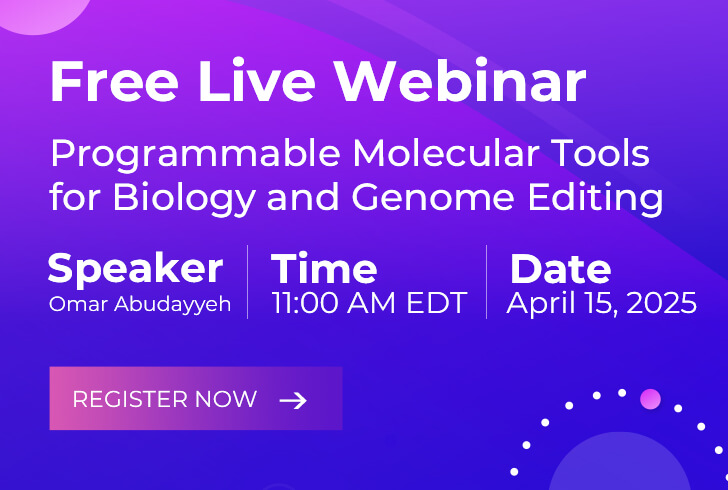Gene Therapy for Vein Graft Stenosis
Inquiry NowVein graft stenosis is a prevalent and severe complication arising after coronary artery bypass grafting (CABG) surgery, conducted to reinstate blood flow to the ischemic myocardium in coronary artery disease (CAD) patients. This condition involves the narrowing or blockage of the vein graft due to factors like intimal hyperplasia, inflammation, and atherosclerosis. Such complications can result in graft failure, recurrent angina, myocardial infarction, and even death. Statistics reveal that nearly 40% of vein grafts exhibit significant stenosis within a year post-CABG surgery, with over 50% failing within a decade. Common treatments, including pharmacological therapy, percutaneous coronary intervention (PCI), and repeat CABG surgery, exhibit limited efficacy and durability. Additionally, they come with substantial costs and risks, underscoring the need for innovative and effective vein graft stenosis therapies. Gene therapy emerges as a promising approach, delivering therapeutic genes to vein grafts to modulate the molecular mechanisms responsible for stenosis, potentially preventing or reversing its progression.
Features of Gene Therapy for Vein Graft Stenosis
Gene therapy for vein graft stenosis presents unique features and challenges distinct from other cardiovascular diseases. One distinctive aspect lies in the surgical manipulation and exposure of vein grafts to the systemic circulation, creating an optimal environment for gene delivery and expression. However, this scenario introduces challenges such as the requirement for rapid and efficient gene transfer before or during CABG surgery. Concerns include the risk of gene leakage and dissemination to other tissues or organs and potential interference from blood flow and shear stress on gene expression. Another feature is the multifactorial and progressive nature of vein graft stenosis, involving diverse cellular and molecular mechanisms like smooth muscle cell proliferation and migration, extracellular matrix remodeling, inflammation, oxidative stress, and endothelial dysfunction. Consequently, gene therapy for vein graft stenosis demands careful selection of target genes and vectors capable of modulating multiple pathways and ensuring long-term effects. However, this complexity raises challenges such as variability in gene regulation and interactions, the potential for adverse effects or unintended consequences from gene manipulation, and ethical concerns related to human gene alteration. Gene therapy for vein graft stenosis also presents advantages and disadvantages in comparison to other emerging therapies like stem cell therapy, tissue engineering, and nanomedicine. Gene therapy's benefits include its direct targeting of the root causes of vein graft stenosis, enhancement of endogenous or exogenous cell function and survival, and synergy potential with other therapies to achieve additive or synergistic effects. However, the drawbacks include its early stage of development, coupled with technical and regulatory hurdles. These challenges include vector design and optimization, gene delivery and expression control, safety and efficacy evaluation, and clinical translation and application.
Research and Clinical Progress
Numerous preclinical studies have investigated gene therapy for vein graft stenosis using animal models, including rabbits, pigs, and non-human primates. Various vectors, such as adenovirus, adeno-associated virus, lentivirus, plasmid, and liposome, have been employed to deliver target genes such as nitric oxide synthase (NOS), endothelial cell growth factor (ECGF), transforming growth factor beta 1 (TGF-β1), matrix metalloproteinase 9 (MMP-9), and tissue inhibitor of metalloproteinase 1 (TIMP-1) to the vein grafts. These studies have demonstrated that gene therapy can effectively reduce intimal hyperplasia, inflammation, and atherosclerosis while enhancing endothelial function and graft patency in vein grafts. However, the efficiency and durability of gene transfer vary based on the vector and gene type, and some studies have reported adverse effects, including thrombosis, inflammation, and immune responses. Several clinical trials have explored gene therapy for vein graft stenosis in human patients, revealing that this approach is still in its early stages and faces significant challenges related to safety and efficacy.
Table 1. Clinical Trials of Gene Therapy for Vein Graft Stenosis
| Trial | Vector | Gene | Outcome |
| PREVENT | Adenovirus | ECGF | No significant effect on intimal hyperplasia or graft patency at 6 months |
| REGENT-V | Plasmid | NOS | No significant effect on graft patency or clinical outcomes at 1 year |
| VESTA | Lentivirus | TIMP-3 | Ongoing, to evaluate safety and efficacy at 6 months |
These trials underscore that gene therapy for vein graft stenosis requires further exploration, with an emphasis on safety and efficacy. Rigorous large-scale trials are imperative to substantiate the benefits and risks associated with this therapy. Additionally, research must focus on determining the optimal vector and gene type, appropriate dosage, timing, and delivery methods for gene therapy in vein graft stenosis. Moreover, a deeper understanding of the molecular mechanisms and biomarkers associated with vein graft stenosis and how gene therapy can modulate them is essential.

